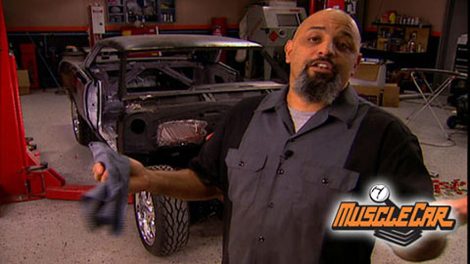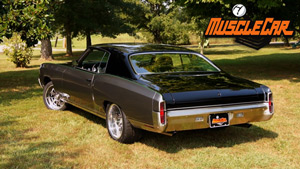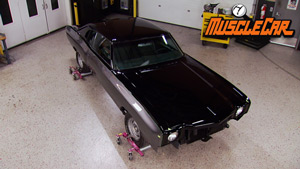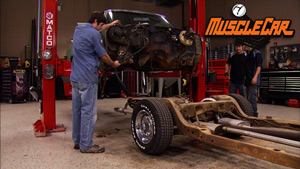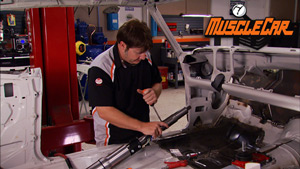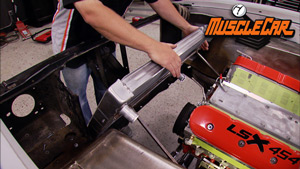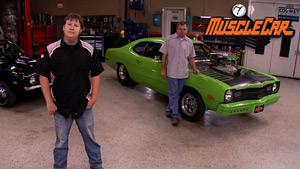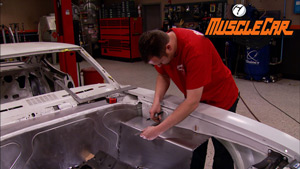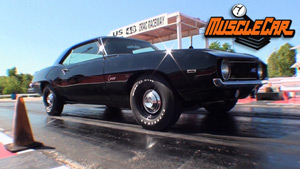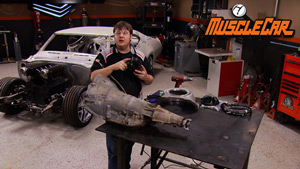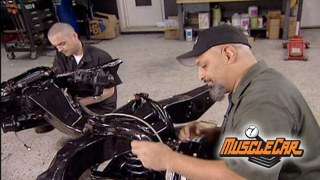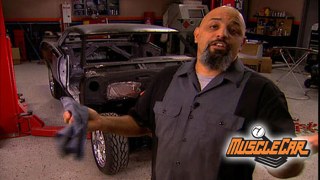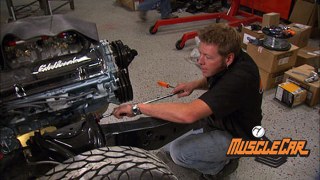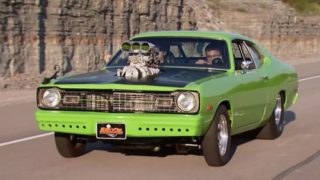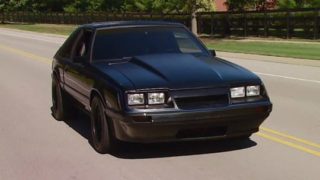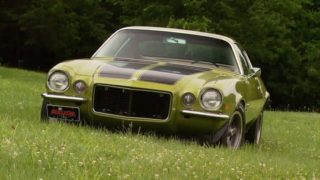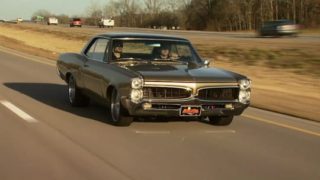More '67 Pontiac LeMans Episodes
MuscleCar Builds
Want more content like this?
Join the PowerNation Email NewsletterParts Used In This Episode
Dupli-Color
Spray-on or roll-on truck bed coatings.
Highland Daytona Racing LLC
Introducing the HDR Max-G Front and Rear half chassis/suspension systems for road race proven, maximum handling in most 1967-90 s muscle cars. All systems are manufactured from the highest grade German 4130N aircraft alloy chrome steel, TIG welded, and powder coated in various colors. The Rear Max-G chassis pack has been designed around and with the help of Mr. Terry Satchell s fully GT race proven triangulated link suspension geometry, which for years has been used in all the extremely high end
Island Clean Air
Duster 3000 downdraft mobile air filtration systems.
Summit Racing
T-10 four speed 2.88 first gear.
